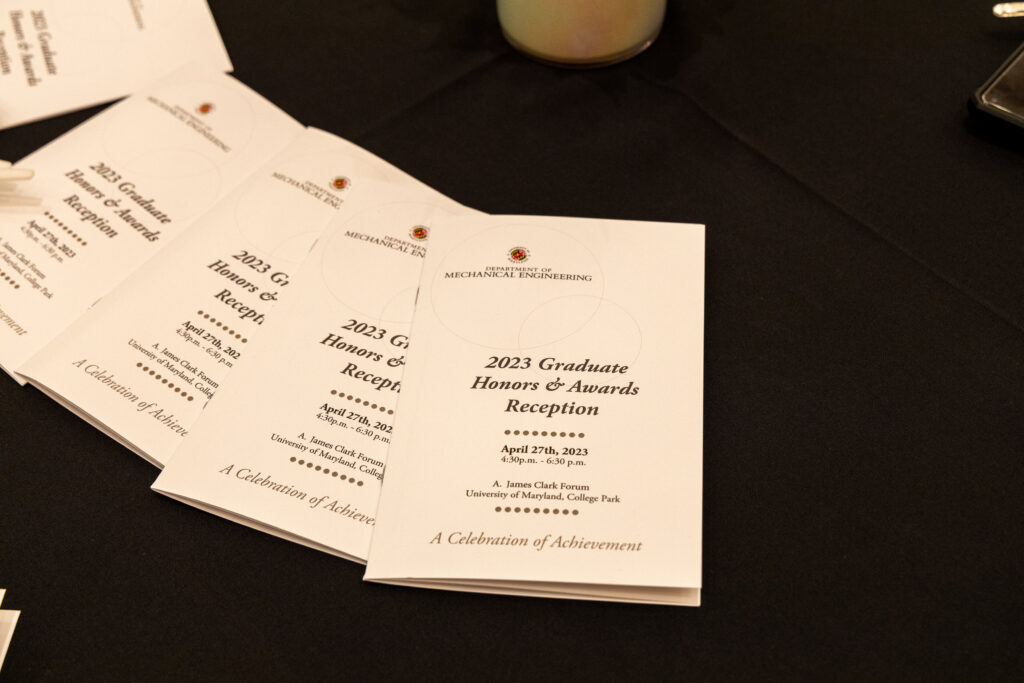Author: Kendyl Waddell
Title: NEAR-LIMIT SPHERICAL DIFFUSION FLAMES AND COOL DIFFUSION FLAMES
Committee Members:
Dr. Peter Sunderland, Chair
Dr. Christopher Cadou, Dean’s Representative
Dr. Fernando Raffan-Montoya
Dr. Stanislav Stoliarov
Dr. Arnaud Trouve
Date and time: April 10, 2023 at 1:00 pm
Location: Fire and Risk Alliance Conference Room, 3106 J.M. Patterson Building
Zoom link:https://umd.zoom.us/j/7068085301?pwd=MEpuemxyOStaN0h2MkZ6Sno1ZG1vUT09
Abstract: To combat the rising threats of climate change, current combustion technologies must evolve to become cleaner and more efficient. This requires a better understanding of the fundamental properties of combustion. One way to gain this is through microgravity experiments, where the lack of buoyancy reduces flames to their most basic components, simplifying modeling efforts. The low-temperature combustion of warm and cool flames, which has applications in advanced engine technologies and implications in terrestrial and spacecraft fire safety, is favored in microgravity. In this work, microgravity spherical diffusion flames are generated aboard the International Space Station using a spherical porous burner. A transient numerical model with detailed chemistry, transport, and radiation is used to simulate the flames. This incorporates the UCSD mechanism with 57 species and 270 reactions. Hot, warm, and cool diffusion flames are all studied. Experimental flame temperature was measured using thin-filament pyrometry, which was calibrated using a blackbody furnace. The measured temperatures agreed reasonably well with numerical simulations for a wide range of conditions, and were in the range of 950-1600 K, with an estimated uncertainty of ± 100 K. The temperatures of the porous spherical burner were measured by a thermocouple embedded in its surface. These measured temperatures, combined with numerical simulations of the gas phase, yield insight into the complex heat transfer processes that occur in and near the porous sphere.
Previous work has found that ethylene microgravity spherical diffusion flames extinguish near 1130 K at atmospheric pressure, regardless of the level of reactant dilution. The chemical kinetics associated with this consistent extinction temperature are explored using the transient numerical model. Species concentrations, reaction rates, and heat release rates are examined. Upon ignition, the peak temperature is above 2000 K, but this decreases until extinction due to radiative losses. This allows the kinetics to be studied over a wide range of temperatures for the same fuel and oxidizer. At high temperature, the dominant kinetics are similar to those reported for typical normal-gravity hydrocarbon diffusion flames. There are well defined zones of pyrolysis and oxidation, and negligible reactant leakage through the reaction zone. As the flame cools, there is increased reactant leakage leading to higher O, OH, and HO2 concentrations in the fuel-rich regions. The pyrolysis and oxidation zones overlap, and most reactions occur in a narrow region near the peak temperature. Reactions involving HO2 become more significant and warm flame chemistry appears. At atmospheric pressure, this low-temperature chemistry delays extinction, but does not produce enough heat to prevent it.
As ambient pressure is increased, low-temperature chemistry is enhanced, allowing the flame to extend into the warm flame and cool flame regimes. Experimental results show that increasing the pressure from 1 bar to 3 bar decreased the ethylene extinction temperature by almost 60 K. Numerical simulations showed similar behavior, as well as the emergence of cool flame behavior when the pressure was increased to 50 bar. This allows the kinetics of spherical warm and cool diffusion flames and the role of increased HO2 participation to be examined.There are few options for studying cool diffusion flames experimentally that do not require expensive facilities that are unavailable to the average researcher. A method is presented for observing cool diffusion flames inexpensively using a pool of liquid n-heptane and parallel plates heated to produce a stably stratified stagnation flow. The flames were imaged with a color camera and an intensified camera. Measurements included gas phase temperatures, fuel evaporation rates, and formaldehyde yields. These are the first observations of cool flames burning near the surfaces of fuel pools. The measured peak temperatures were between 705 – 760 K and were 70 K above the temperature of the surrounding air. Autoignition first occurred at 550 K.
